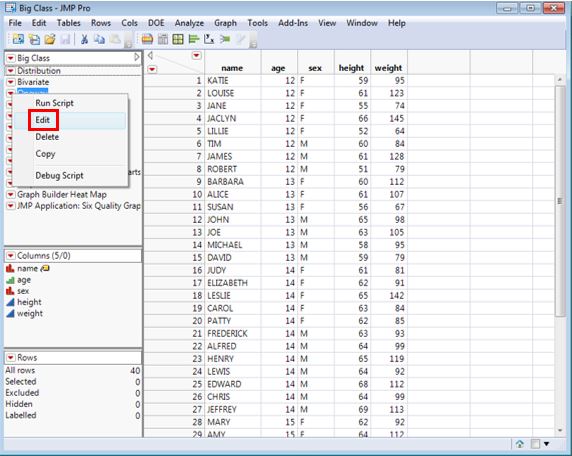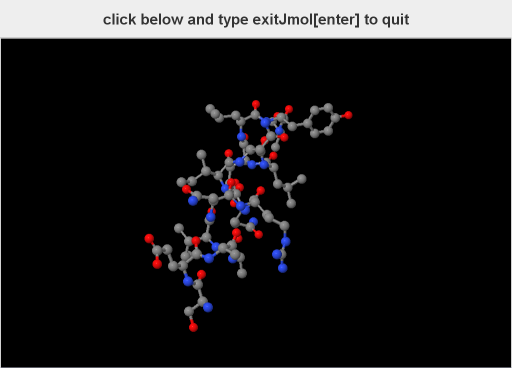
The NIH 3D Print Exchange web tool uses Chimera and Blender scripts that automatically process crystal structures into 3D printable files. There are currently only two methods available for programmatic conversion of a crystal structure into a 3D printable file including the NIH 3D Print Exchange web tools developed by Coakley and coworkers at the NIH and the stand-alone Cif2VRML Windows application developed by Kaminsky. Providing quick access to 3D printable crystal structure files removes the barriers associated with file manipulation and conversion, which makes it easier for educators and researchers to 3D print crystal structures. As there are hundreds of thousands of crystal structures currently available in open access databases such as the Crystallography Open Database (COD), it would be ideal to automate the conversion of crystal structures (CIFs) from these databases into 3D printable file formats.
#Jmol script manual
In short, manual conversion of crystal structures into 3D printable file formats can be a tedious and time consuming process.

#Jmol script software
holes, overlaps) and verified for compatibility with 3D printer software before printing. Lastly, files may need to be repaired of any inconsistencies in the surface of the 3D model (e.g. Once the desired crystal structure representation is achieved, the structure is typically exported as either a stereolithography file (STL) for single color 3D printing or a virtual reality modeling language file (VRML) for multi-color printing. For example, it may be necessary to display the atoms as spheres, delete unwanted molecules, or generate a unit cell. In general, the crystal structure is first opened in a crystallographic viewing program where the structure representation is adjusted to preference.

ĭigital 3D printable crystal structure files can be manually created from standard crystallographic information files (CIF) using a variety of open source, free, and commercial software packages. As such, numerous researchers have recently used 3D printed crystal structures to advance their teaching and research. Perhaps the greatest advantage is that 3D printing is capable of fabricating extremely complex molecular structures that would be difficult or impossible to create with traditional molecular model fabrication techniques. plastic molecular model kits, Styrofoam balls, beads). Three-dimensional (3D) printed crystal structures offer several advantages over traditional molecular model constructs (e.g.


 0 kommentar(er)
0 kommentar(er)
